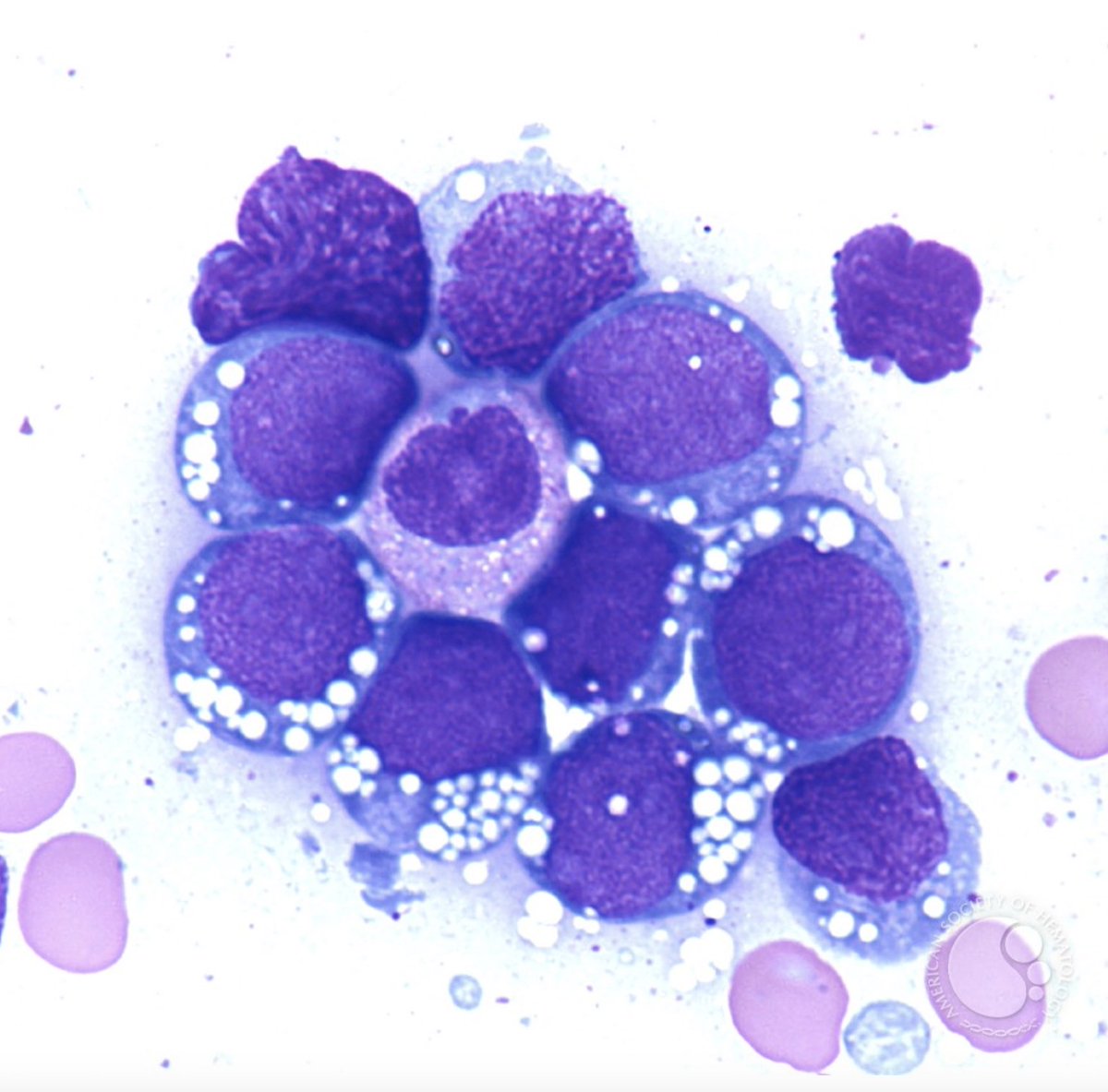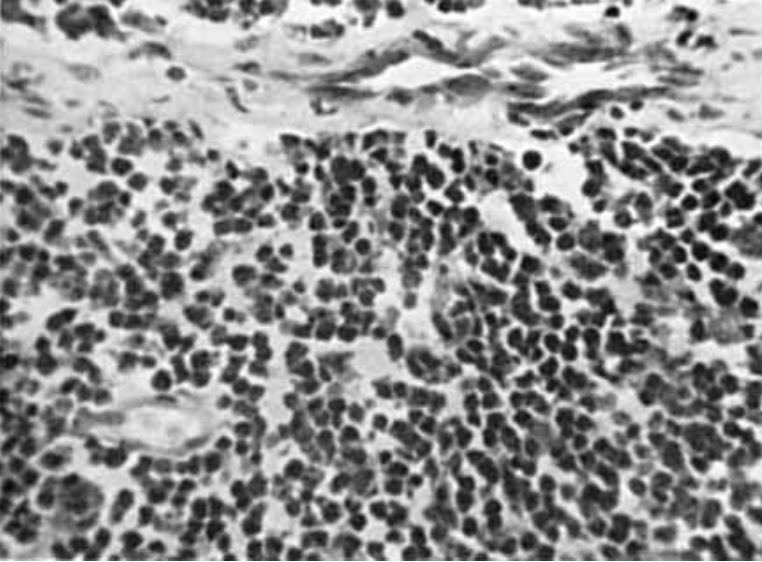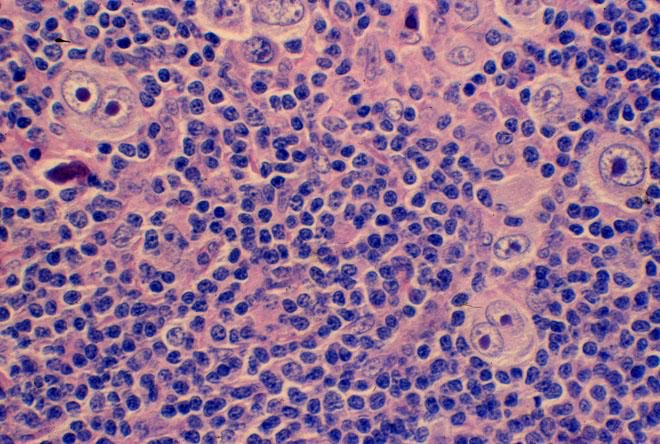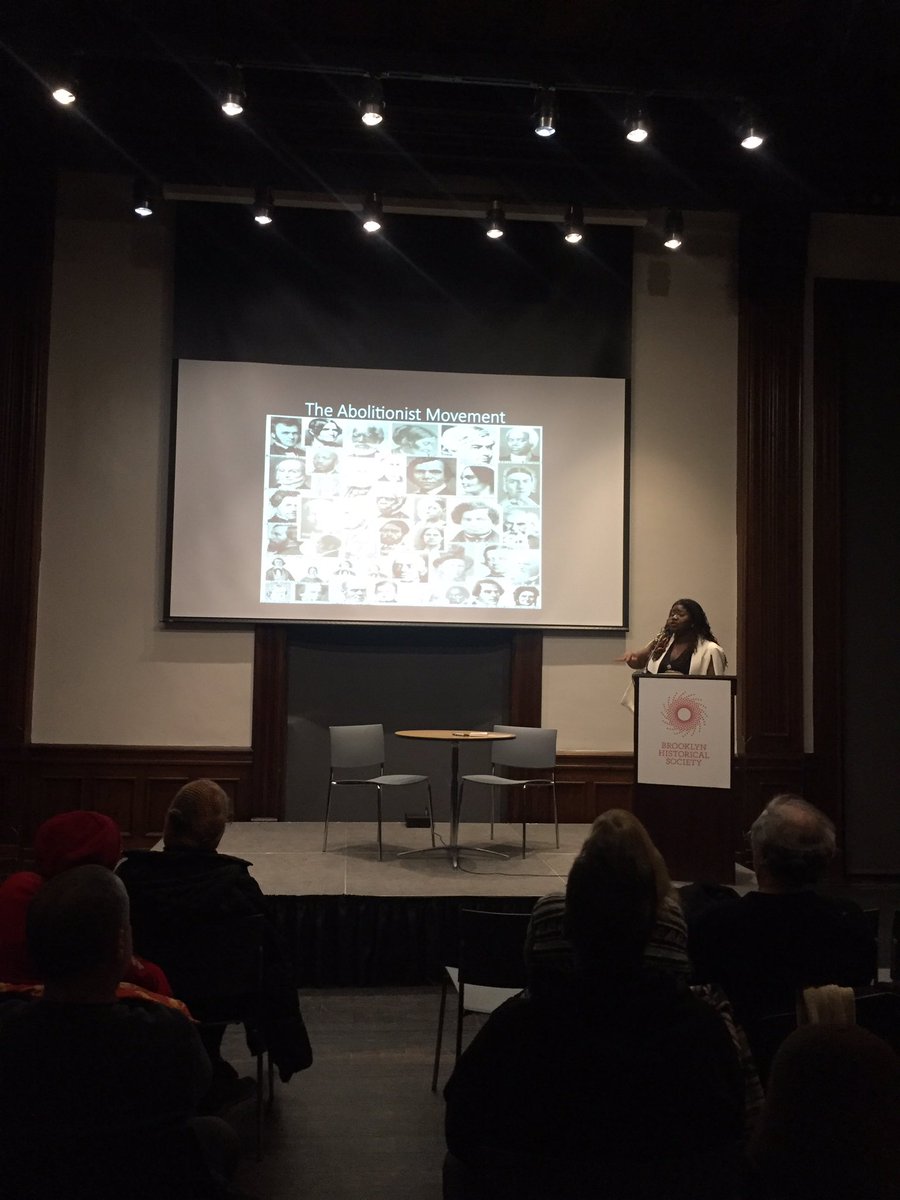


“What made him famous is his remarkable ability to observe disease patterns, to identify peculiarities and to develop concepts and hypotheses. Like many surgeons, Dr. Burkitt is rarely in doubt, but unlike the rest of us, he is consistently correct”
- Volume 156, Issue 6 of British Journal of Hematology
- ncbi.nlm.nih.gov/m/pubmed/70222…
- ncbi.nlm.nih.gov/pmc/articles/P…

































